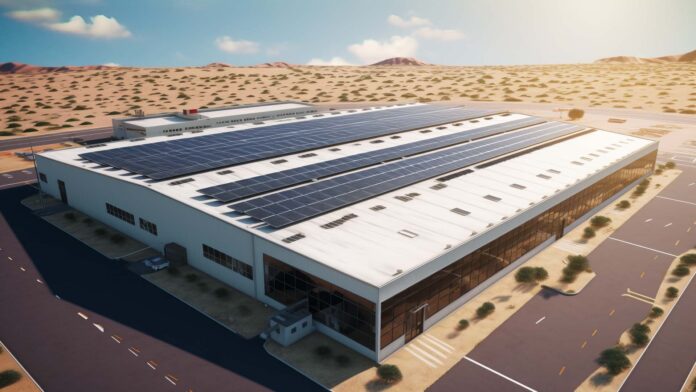This Content Is Only For Subscribers
Warehousing, a crucial link in the supply chain, has increasingly embraced sustainability. This shift isn’t just about reducing environmental impact but also enhancing efficiency and cost-effectiveness. Sustainable practices in warehousing encompass various strategies, all aimed at minimizing carbon footprints and fostering eco-friendly operations.
One core aspect is energy efficiency. Warehouses are transitioning to LED lighting and automated systems, which significantly cut down on electricity usage. Renewable energy sources, such as solar panels, are being installed on rooftops, generating clean energy and reducing reliance on fossil fuels. This not only lowers emissions but also decreases operational costs in the long run.
“The cost of shipping has become just ridiculous.”
Water conservation is another critical component. Implementing systems to harvest rainwater and utilizing low-flow fixtures help reduce water consumption. This approach is vital in regions facing water scarcity, ensuring that warehousing operations do not exacerbate local water issues.
Waste management has also seen substantial improvements. Warehouses are now focusing on reducing waste generation through better inventory management and recycling programs. These initiatives ensure that materials are reused and recycled, minimizing the amount of waste sent to landfills. This not only supports environmental goals but also enhances the company’s reputation and compliance with regulations.
Transportation, a significant contributor to warehouse-related emissions, is being optimized through the adoption of electric vehicles and more efficient routing systems. By reducing the number of trips and optimizing load capacities, warehouses can significantly cut down on fuel consumption and emissions.
Moreover, the design and construction of warehouses are evolving. Sustainable building materials and practices are being prioritized to create facilities that are both durable and eco-friendly. Green roofs and walls, for example, contribute to better insulation, reducing the need for heating and cooling. This not only lowers energy use but also creates a healthier work environment.
Technological advancements play a pivotal role in sustainability. Automation and AI-driven systems streamline operations, reducing human error and enhancing efficiency. These technologies can predict demand, optimize stock levels, and manage resources more effectively, ensuring that the warehouse operates at peak efficiency with minimal waste.
Employee engagement is also crucial. Training and awareness programs help employees understand the importance of sustainability and how they can contribute. When the workforce is committed to eco-friendly practices, it becomes easier to implement and maintain these initiatives.
The impact of sustainable warehousing extends beyond the warehouse itself. It influences the entire supply chain, encouraging suppliers and partners to adopt similar practices. This collaborative approach amplifies the positive effects, creating a ripple effect that promotes sustainability across industries.
Adopting sustainable practices in warehousing is not just an ethical choice but a strategic one. It reduces operational costs, meets regulatory requirements, and enhances corporate image. As the world continues to grapple with environmental challenges, sustainable warehousing stands out as a critical component in the broader effort to create a more sustainable future.

